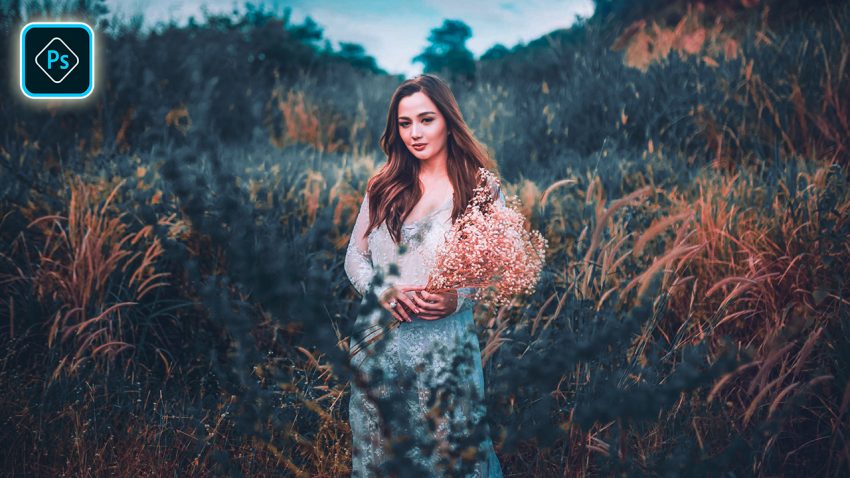Tonability is a plugin (Windows only) for Adobe Photoshop that can be used for the tonal manipulation of images, without giving up control over the color. It offers various methods to apply tone curves, and can interpolate between those methods. The precise tonal and color control that is offered by Tonability makes it ideally suited for use in a scene-referred workflow. In addition, it can be used as a CS3/CS4 smart filter.
Download
Current version: 1.1 (released on 3 February 2008 ; also compatible with CS4 (32-bit only))
Tonability.zip
For changes compared to previous versions, see the changelog below.
Examples
The image below will indicate the types of effects the Tonability plugin is capable of producing. Using five different settings, but a single tone curve, it is used to map the tones of the linear (or scene-referred) RAW image on the top left.

Sample of the different ways in which tonal mapping can be performed by Tonability. Below the original image (top left), there are two images that have been processed in Lightness mode (both no and maximum color mixing). The three images on the right have been processed in RGB mode (standard, hue lock and hue & saturation lock, respectively).
Usage instructions
To install, place the filter into Photoshop’s plugin directory. This will usually be
C:\Program Files\Adobe\Adobe Photoshop CS[version number]\Plug-Ins\Filters
After restarting Photoshop, the filter can be invoked from the Filter menu.
Note: Tonability operates on images in RGB and Lab images at all bit depths. 32-bit per channel (HDR/floating point) RGB images are currently clipped to the [0..1] range.

The Tonability interface
The Tonability interface consists of the following elements. On the left, there is a preview of the processed image. On the right, from top to bottom, we have the controls, a preview of the curve that is used, and the OK/cancel buttons. The controls are explained below.
Mode (RGB/Lightness) and modulation
Tonability can be used in three different modes: RGB, Lightness and RGB+. The result of each of these modes can be modulated by the slider directly underneath the mode selection buttons.
In RGB mode, the curve (as shown in the preview) is applied to each channel (R, G and B) individually. However, simply applying curves to the individual channels can lead to large side-effects on the hue and saturation. To counteract this effect, the first slider can be used. At its default position (all the way to the left) the curves are applied normally. At the middle position, the hue of the original image is preserved, and at the rightmost position, both the hue and saturation of the original image are preserved. The intermediate slider positions interpolate between these settings.
In Lightness mode, the curve is applied to the Lightness channel of a Lab image. However, the a and b channels do not remain constant, but are changed in such a way as to preserve the hue and saturation of the original image. The tone mapping is done according to the perceived lightness of colors. The low lightness of blue tones can lead to a brightness separation of colors that have a similar illumination. The color mixing slider can be used to rectify this to some extent and treat the different colors on a more equal footing.
The RGB+ mode (new/experimental in v1.1) is an evolution of the regular RGB mode. All processing is done in a linearized ProPhoto RGB space which means that the results are independent of the image’s color space. The color fidelity slider controls the color handling. Setting it all the way to the left yields a hue locked curve. Moving the slider towards the right both preserves the original saturation and orders the colors according to their perceived illumination (not a technical term). The RGB+ mode enables you to interpolate between the punchy look of hue locked curves and a very natural tone mapping. [Note that the RGB+ mode is experimental and can be changed or removed in future versions.]
Black and White sliders
The Black and White sliders set the positions of the black and white point in the image. Their setting is visually reflected in the preview of the tone curve.
Curve sliders
The remaining curve sliders adjust four control points that are placed at equal distances between the black and white points.
Reset
The reset button reset all controls to their neutral/initial values.
Save as defaults
Pressing this button saves the applied settings as the default value for the next time the plug-in is run.
Advanced: implementation notes on the RGB mode
- Because the processing is done in RGB representation, the results will depend on the color space the image is in.
- Hue and saturation are used as defined in the HSB/HSL representation.
- Using complete hue and saturation locking in RGB mode is equivalent to applying a brightness curve in the HSB representation. HSB brightness appears to be a surprisingly good measure for perceived illumination.
- The color information in images can only be fully preserved if the tone reproduction curve of the color space is a ‘real’ gamma function (see also this page). This is not the case for sRGB, although for practical purposes it’s close enough to a gamma 2.2 space.
- If the original image is in Lab mode, processing is performed in Photoshop’s RGB working space.
Changelog
| 1.1: | Added (experimental) support for the RGB+ mode.Fixed a bug in the Lab/XYZ conversion code.Enabled more compiler optimizations for better performance. |
| 1.0: | Original public release (15 January 2008) |
Copyright and license statement
Copyright (c) Simon Tindemans. All Rights Reserved.
Redistribution in original form only is permitted provided the above copyright notice and a link to this web page is included. This software is provided ‘as is’, without warranty whatsoever, including noninfringement. The author takes no responsibility for damage of any kind resulting from the use of Tonability.


